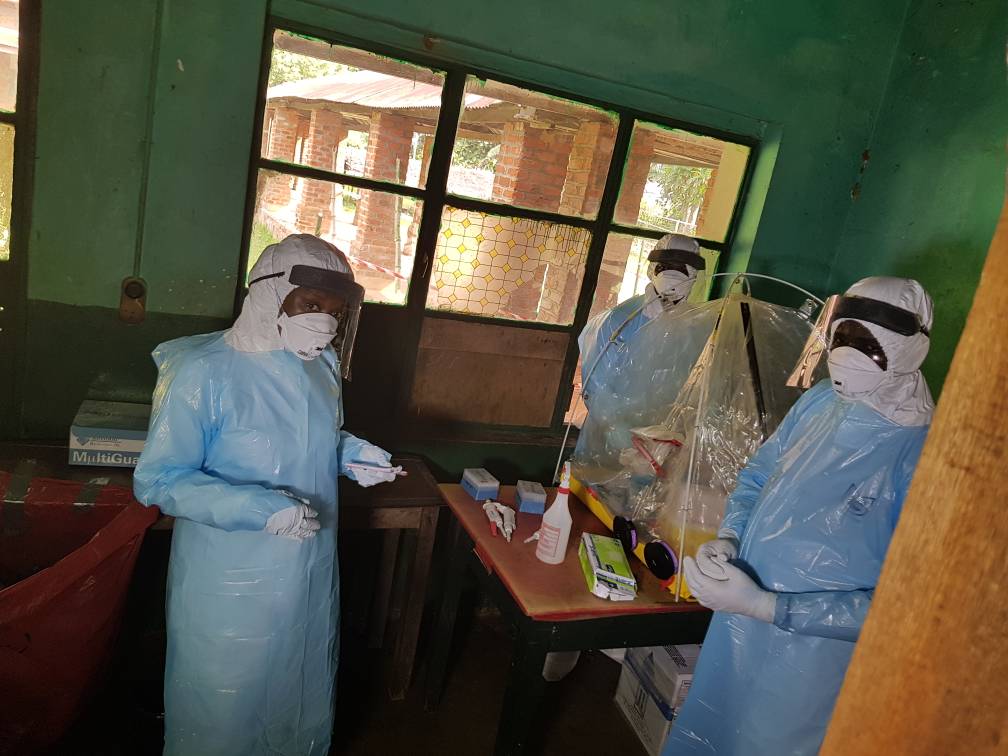The latest Ebola virus outbreak eastern Democratic Republic of Congo has killed 33 people so far.
The country’s health ministry said on Saturday that 13 new cases have been confirmed. These suspected cases had been detected in both North Kivu and neighboring Ituri province.
The head of the WHO’s emergency response, Peter Salama has also revealed some details saying that “Total of 43 cases (30 probable & 13 confirmed)), including 33 deaths,” have been recorded.
“In addition, 33 suspected cases are under investigation. These are initial numbers. Will be adjusted as further outbreak investigation continues. We will report daily,” Salama added.
DR Congo officials say the 879 people who came into contact with Ebola patients have been identified.
#DRC #Ebola update, 3 August:
Total of 43 cases (30 probable & 13 confirmed)), including 33 deaths. In addition, 33 suspected cases are under investigation. These are initial numbers. Will be adjusted as further outbreak investigation continues. We will report daily. https://t.co/ovzeohFlGT— Peter Salama (@PeteSalama) August 5, 2018
Officials are now tracking these contacts.
Source of latest outbreak
The WHO says the latest Ebola outbreak in eastern Congo has been traced to a 65-year old woman.
The woman died of the disease in Mangina Hospital – about 30km (17 miles) from the city of Beni.
The latest outbreak is coming days after the country declared that the previous outbreak was over.
The challenge for health officials is that they are unable to confirm the particular strain of Ebola causing the outbreak.
WHO officials have said that it may be impossible to use a vaccine to tackle the latest outbreak.
Based on the information we have so far, this #Ebola outbreak in North Kivu #DRC appears to be even more complex than the previous one in Equateur. (French update will also be posted.)https://t.co/ShZ6LYFcoV
— Peter Salama (@PeteSalama) August 5, 2018
But DRC health officials plan to deploy a vaccine manufactured by Merck just like they did with the previous outbreak in Western Congo.
Complicating factors in this #Ebola response include the security situation in this part of #DRC, multiple locations affected–including population centres, large movement of people internally and cross border, difficult logistics, health workers affected. pic.twitter.com/Gqjxej0tYf
— Peter Salama (@PeteSalama) August 5, 2018
Ebola leads to internal and external bleeding which can cause damage done to blood vessels.
The virus which is transmitted by bats was first discovered in DRC in 1976 and named after the Ebola river.
Source: Africafeeds.com


